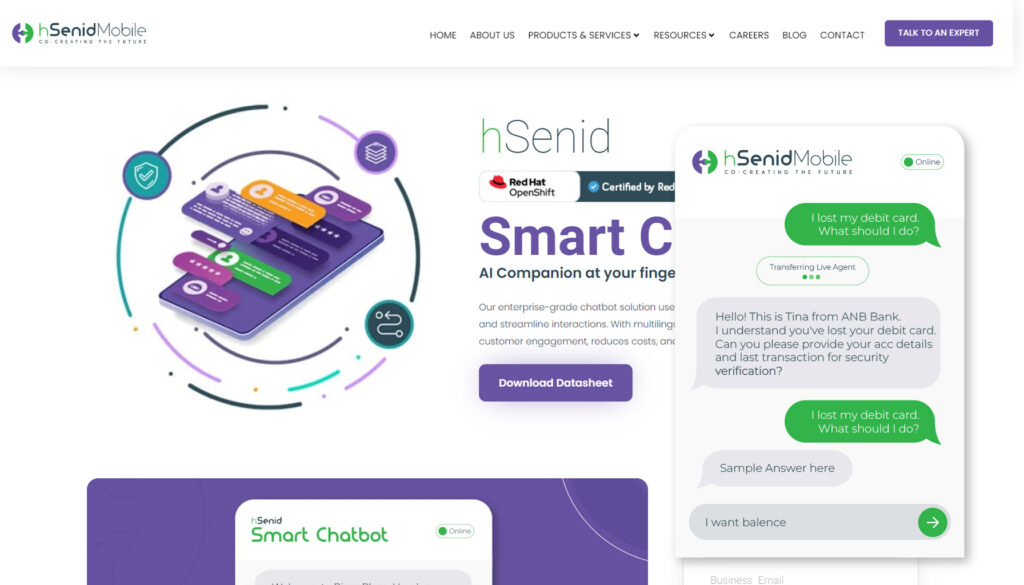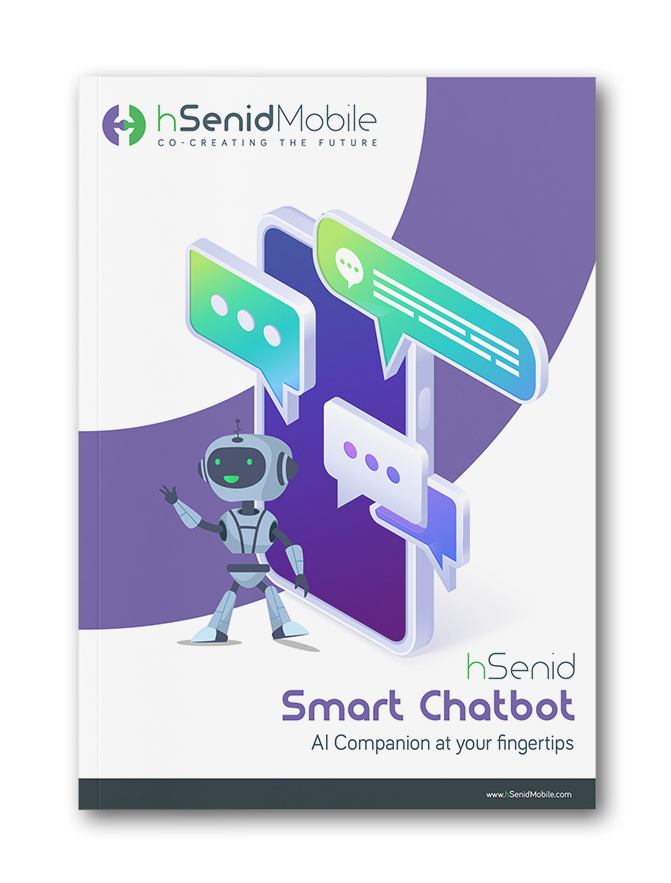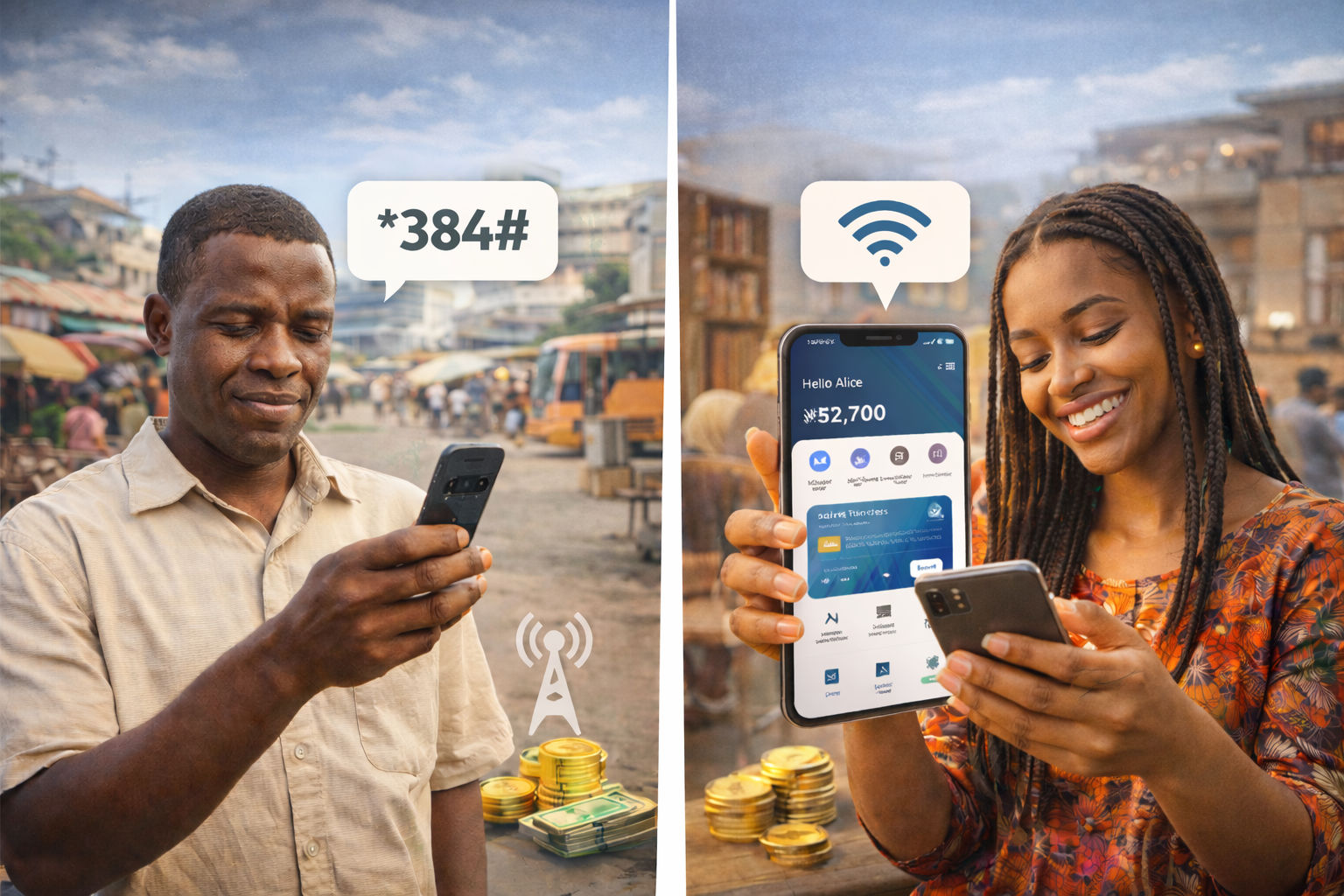There is a good reason why speech recognition chatbots have revolutionized the way businesses interact with their
customers. By enabling hands-free, intuitive conversations, they enhance user experience and provide a more personal
touch than text-based chatbots. However, effectively implementing voice recognition in chatbots requires careful
consideration of various factors. We have created a list of the eight best practices that will help you ensure your
chatbot performs optimally and meets user expectations.
Multi-language support
No matter what industry you may be in, you will be hard-pressed to find a linguistically heterogeneous customer base. For this reason, voicebots must be able to understand and respond in the different languages relevant to its user base. This not only improves accessibility but also ensures a smooth interaction with users who might not be fluent in the primary language of the chatbot. Providing multilingual support in your voice activated chatbot involves sophisticated natural language processing (NLP) models that can easily handle the various languages spoken by your clients.Speed of message delivery
When users engage with voice bots, they expect instant responses. Delays in response time can lead to frustration, reducing the efficiency and effectiveness of the interaction. Ensuring fast processing of spoken commands and delivering accurate responses is crucial. A chatbot that responds rapidly, without noticeable lag, keeps users engaged and fosters a positive experience. Achieving minimal latency in your voice-enabled chatbot requires high-caliber infrastructure and efficient backend processes.Understanding informalities
Users often speak casually with voice enabled chatbots, using slang, colloquialisms, and informal language. A well-designed voicebot needs to be able to accurately interpret everyday speech as well as regional variations and dialects. The NLP model you use must be able to decipher informalities like colloquialisms, contractions and idioms, especially those that are in common parlance among your customers. Continuous learning from real-world conversations can help refine this understanding over time.Personalization
Personalization elevates the chatbot experience from a generic interaction to a more meaningful one. A speech recognition chatbot should remember users’ names, preferences, and previous interactions. This ability to recall context enables it to customize responses, which can increase customer satisfaction and foster loyalty. Personalization can also involve tailoring responses to the user’s tone, emotion, or specific needs based on past conversations. The voice-enabled chatbot you use should have a robust memory architecture that can store user profiles securely and recall relevant information in future conversations, while maintaining data privacy.Multiple intention recognition
Often, users may voice more than one request or question in a single interaction. A chatbot must have the ability to accurately recognize and respond to multiple intentions without confusion. For example, if a bank customer asks, “What is my saving’s account balance and what is today’s interest rate?”, the chatbot should handle both queries independently and correctly. When implementing voice recognition in a chatbot, it must be trained in advanced NLP models that can break down and process multiple intentions as well as decipher jumbled requests.Emotional intelligence
Building emotional intelligence into a chatbot ensures that it can recognize and respond appropriately to the emotional tone of the user. If a chatbot can identify whether a user is frustrated, happy, or confused, it can adjust its responses accordingly — offering empathy or maintaining an upbeat tone as needed. Incorporating emotional intelligence requires sentiment analysis tools that enable the chatbot to detect emotional cues and react in a suitable manner.Testing before launch
Before deploying your voice chatbot, extensive testing is crucial. By rigorously testing the chatbot in different contexts, you can identify and resolve potential issues before they reach real users, ensuring a smoother launch and better overall performance. If the chatbot is to perform optimally under all conditions, the testing process should simulate various real-life situations, including handling multiple requests, dealing with non-standard speech patterns, and responding to emotions.Machine learning capabilities
A successful voice enabled chatbot should continuously improve over time. Incorporating machine learning capabilities allows the chatbot to evolve based on user interactions, learning from mistakes and refining its understanding of languages, dialects and user behaviors. In order to facilitate this ongoing learning, it is necessary to regularly update your chatbot’s machine learning models and feed it with new data. In this way your speech recognition chatbot will consistently deliver the best user experience.
Specialist implementation of voice recognition in chatbots
A sound voice recognition chatbot requires more than just basic voice-to-text technology. Given the number of different considerations and variables at play, enabling speech recognition in your chatbot can be a daunting task. The most sensible thing you could do is to leave this heavy lifting to the experts.If you want a superior voice recognition chatbot, then you should get hSenid Smart Chatbot. Driven by advanced artificial intelligence capabilities, hSenid Smart Chatbot gives you cutting-edge technology for your automated communication needs. Through its superior NLP models, not only can it understand multiple languages, it can also decode informalities, slang and accent. Sentiment analysis makes it exceptionally empathetic and machine learning ensures that it is continuously evolving and improving. Best of all, it can be used in a range of industries. So whether you are involved in customer service, e-commerce or entertainment, with hSenid Smart Chatbot you have the best voice recognition chatbot solution.








